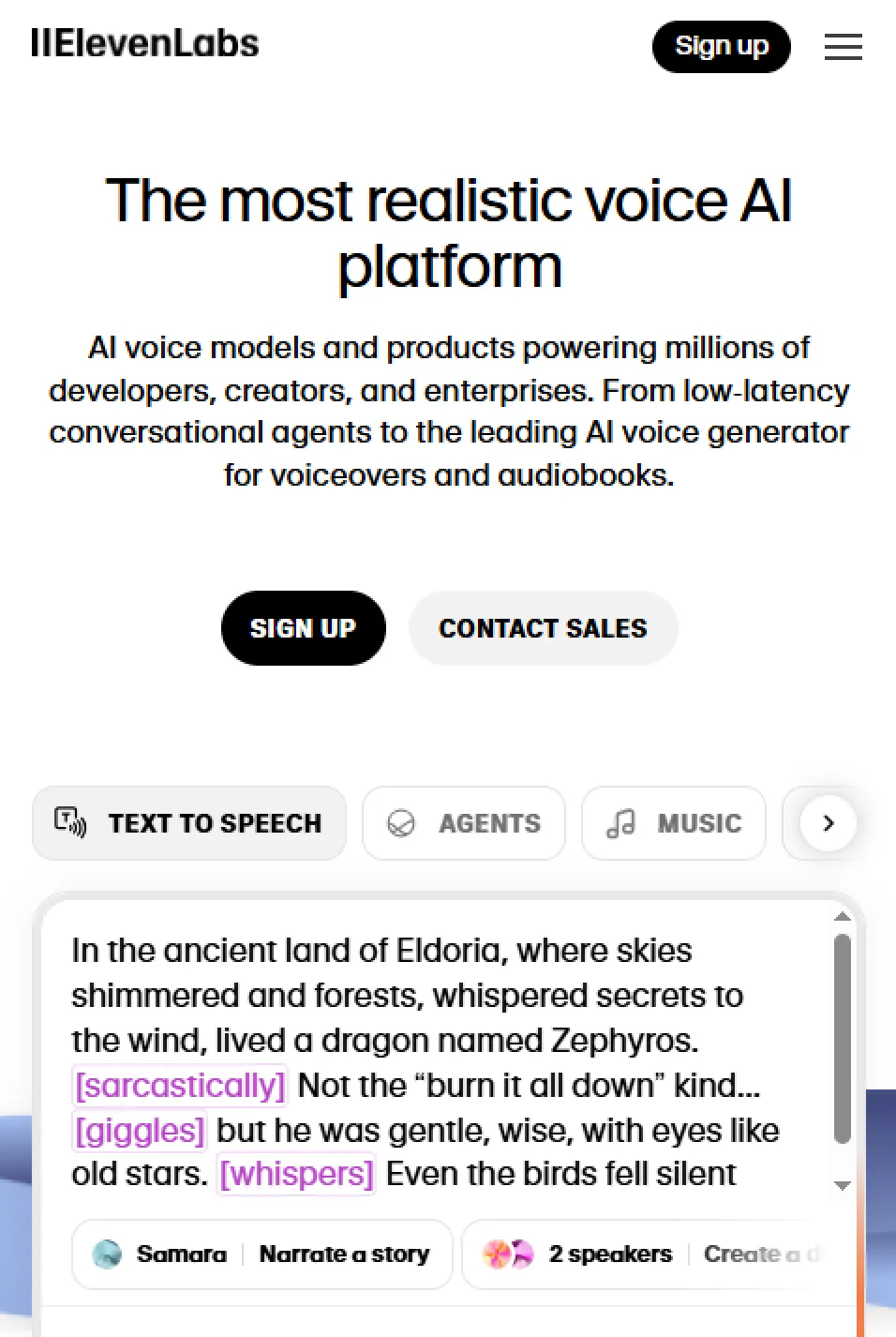The Challenge of Penetrating New Markets
The quest to penetrate new markets using detailed product information has become a formidable challenge for many businesses. The traditional methods of content-led growth, slow and manual, are becoming increasingly obsolete in the face of ever more segmented markets and these demands. ** The Obsolescence of Traditional Content-Led Growth Methods**
Expanding into new geographies brings challenges that can significantly impede progress for businesses venturing beyond their familiar borders.
Barriers to Expanding into New Geographies
Firstly, reliance on unscalable growth methods often leads to high-cost implications. While manageable on a small scale, such strategies fail to adapt to larger, more diverse markets, draining resources without yielding proportional benefits.
**The High Costs of Unscalable Growth Strategies **
Secondly, the use of multiple marketing channels and the resultant elongated conversion times can obscure the causality within the sales funnel. This lack of clarity makes it difficult for businesses to pinpoint which strategies are actually effective, complicating efforts to optimize marketing efforts and allocate resources efficiently.
Fragmented Marketing Channels and Conversion Obscurity
Additionally, a profound lack of understanding of new markets often stymies companies. Each market has unique cultural, economic, and regulatory nuances, and without deep insights, companies struggle to connect with local consumers.
Navigating the Complexities of Local Market Nuances
This complex interplay of factors demands a strategy that allows for plentiful A-B Testing, offers wholistic data-driven insights and cheaper less clunky traditional means becomes significantly more important facing new and increasingly segmented markets






























